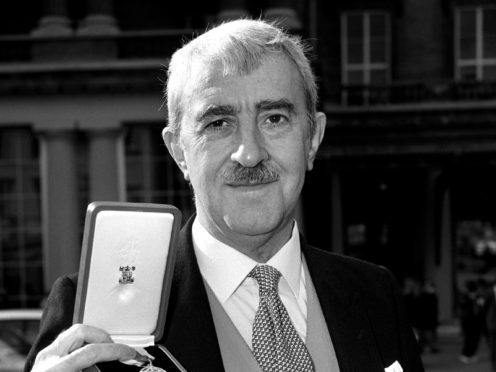Sir Kenneth MacMillan’s widow has rejected claims the choreographer’s work was misogynistic, insisting: “He never put women down.”
The former resident choreographer and director of the Royal Ballet was a big name in the dance world but his ideas sometimes caused waves.
His last ballet before he died, 1992’s The Judas Tree, was revived in 2017 and drew accusations of misogyny for its depiction of a gang rape.
But Deborah MacMillan, Sir Kenneth’s wife of almost 20 years, told Radio Times magazine of the claims: “I think it is a fashion, I really do, and it creates a climate where everything comes under scrutiny.”
Appearing to reference the Time’s Up and #MeToo initiatives, she continued: “Things that weren’t being looked at in that way are now being forensically re-examined.”
“There was no misogyny in his work. He never put women down. Ever,” she said.
“It is ridiculous to say it of him.”
Lady MacMillan said her late husband was “grabbed” by ideas.
“I don’t think he had any agenda and was quite surprised when people were shocked,” she said.
“His ideas were triggered by everything that was going on around him. He brought real life to ballet.”
She said Sir Kenneth – who had a heart attack and died in 1992 aged 62 – was treated “rather atrociously” by the ballet establishment.
“I saw the stress he was under when he was creating something. It was appalling,” she said.
She continued: “He was chronically depressed for the first few years we were together and had a lot of treatment.
“He could fight his corner, was incredibly tough regarding his work, but he’d retreat if something had bad reviews.”
This week’s Radio Times is out on Tuesday May 1.
